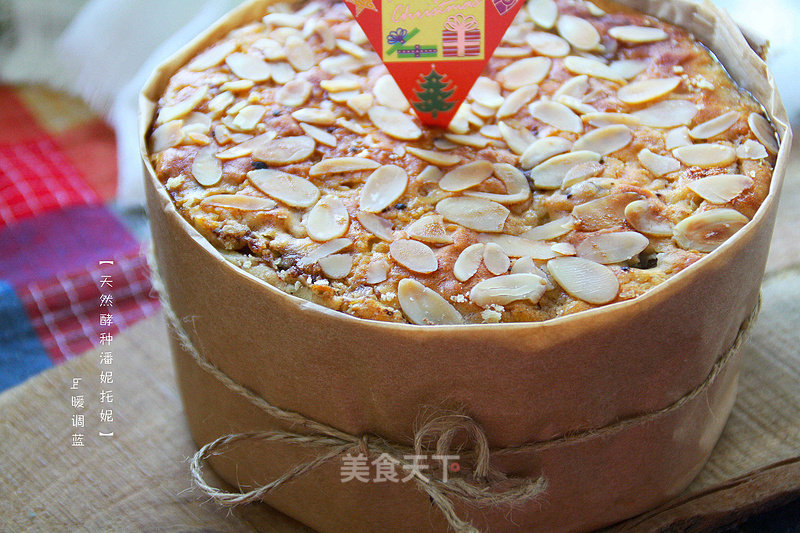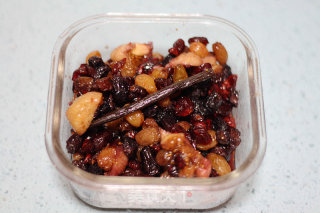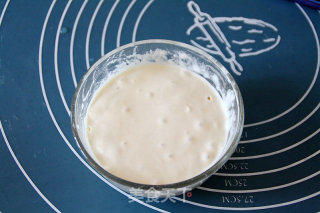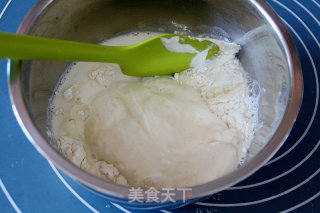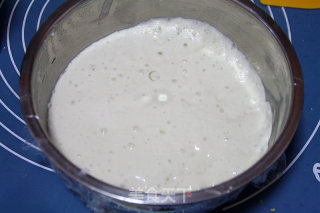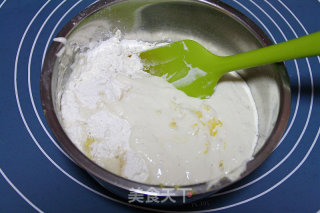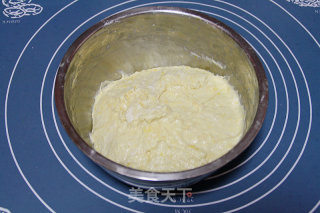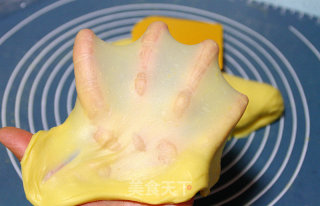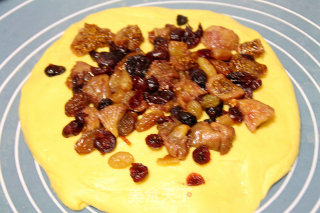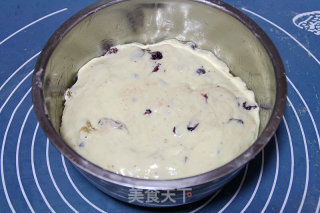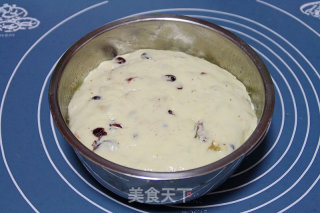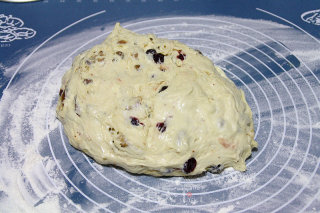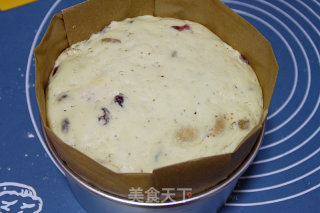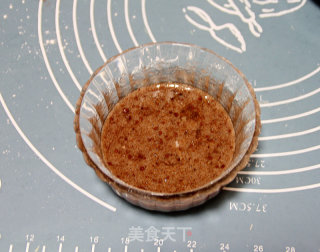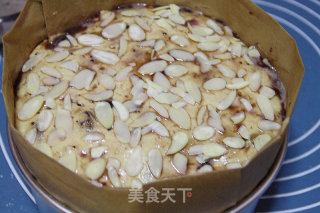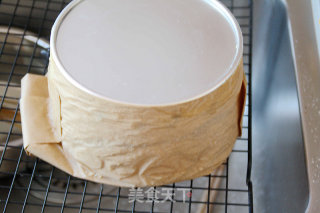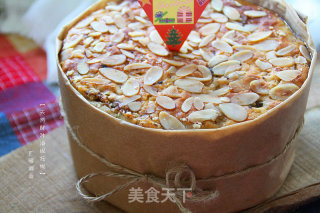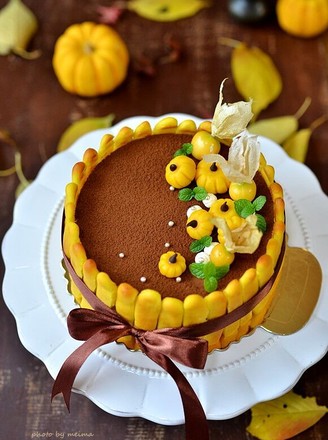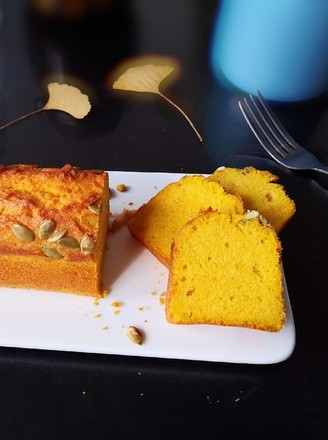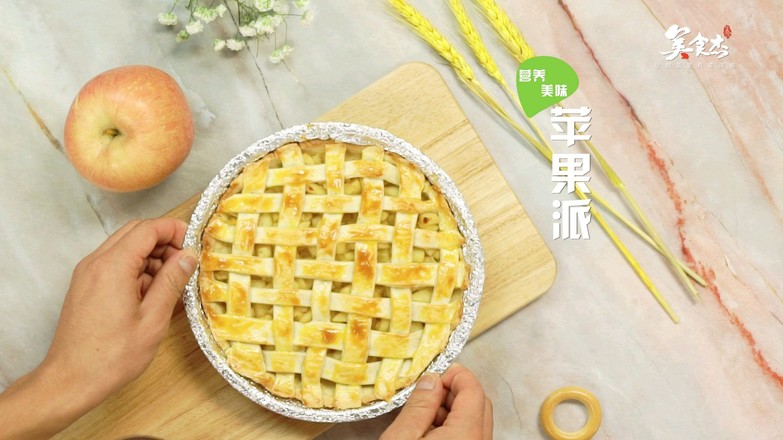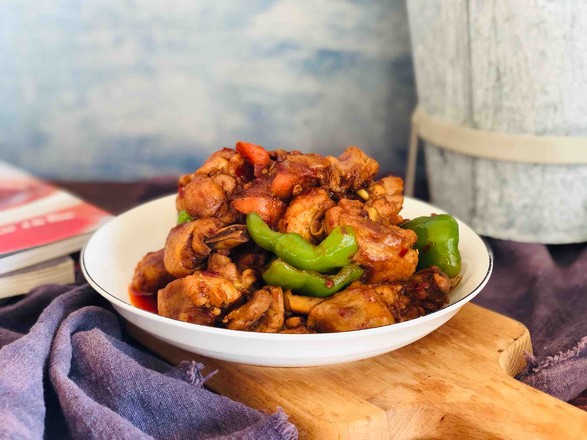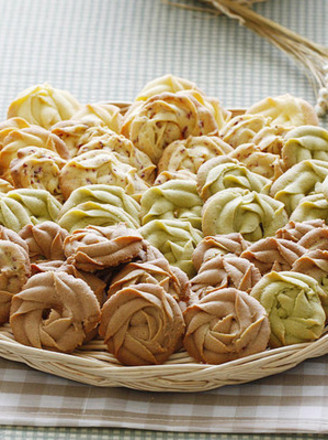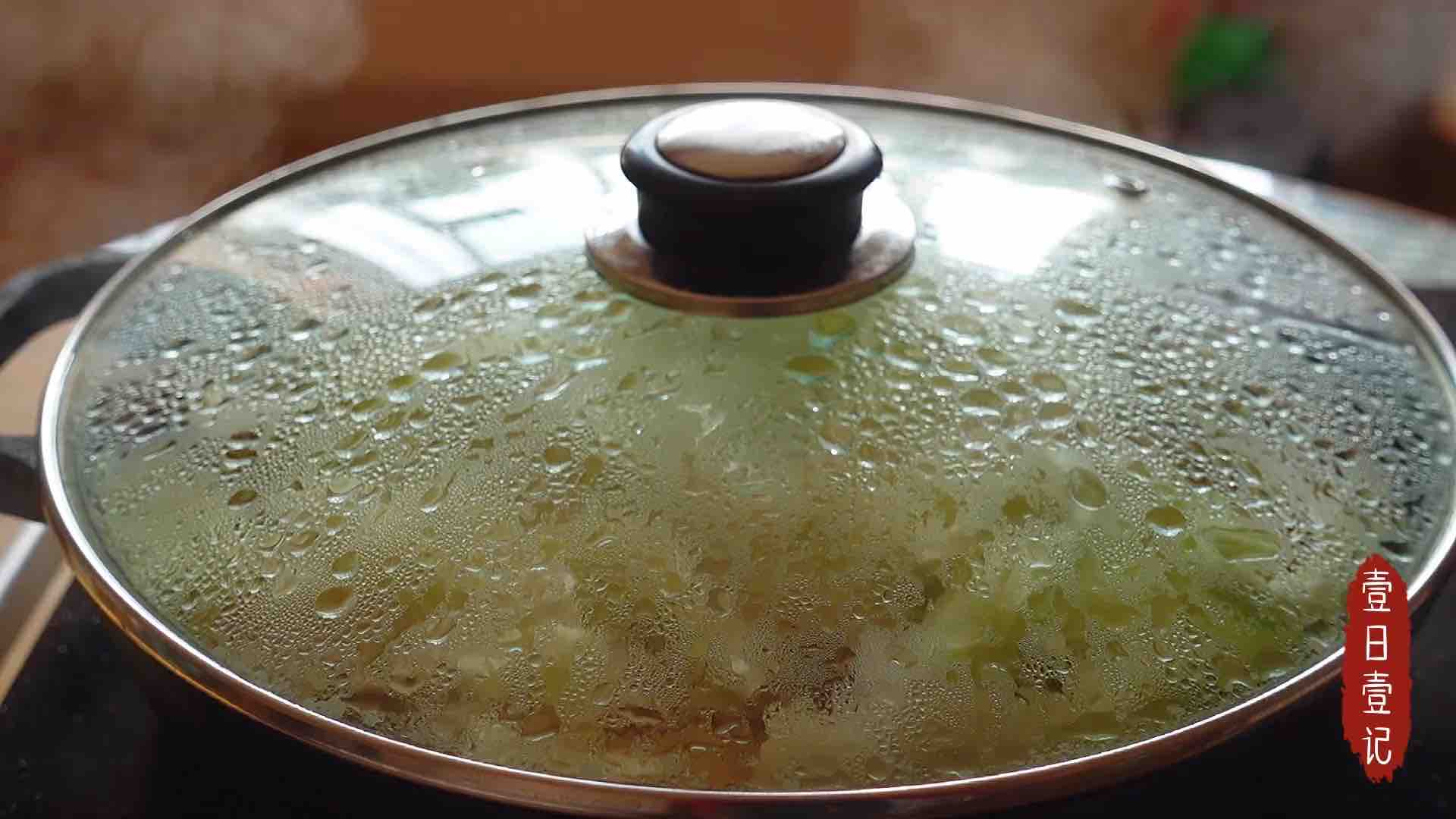Natural Fermented Panettone (panettone)
by Warm blue 0429
Favorite
Difficulty
Hard
Time
48h
Serving
2
Panettone (Panettone, also known as Panettone), originated in Milan, Italy, is a local traditional Christmas food.
It is a kind of fermented bread, with a lot of butter added to the dough, various wine-stained dried fruits, candied fruit and spirits, etc. The taste is naturally quite rich and rich!
The authentic panettone is made with natural yeast. In order to make this bread this time, I also tried quite a bit. Not only did I specially make natural yeast, but I was really about to get into a state of ecstasy. . I wake up suddenly in the middle of the night, and then I get up to see how the yeast grows. . .
This time, Panettone referred to the two methods of Panettone in the blog of the seniors of "The Hot Stove of a Texas Farmer". The first type just uses natural yeast, and the second type is based on natural yeast and further makes Italian sweet dough. The operation is more cumbersome, time-consuming and more difficult. But correspondingly, the bread made by the second method should also taste better.
Because it is the first time to make this bread, I chose to focus on the first method to be safe, and at the same time adjust the recipe appropriately according to the second method.
The final finished bread should be considered pretty good according to the standards of the farmer’s predecessors. (Senior farmers mentioned that using a circular mold with a bottom diameter of 17cm for 1000g dough, the final product height should be about 11cm. Mine is 958g dough into the mold, the bottom diameter is 17.5cm, and the height is 10.5cm after baking).
Compared to Stollen last year, I think Panettone’s taste is more suitable for family. It tastes softer and more delicate, the texture is almost close to sponge cake, plus the rich variety of dried fruits, it is really very delicious!
With this experience, I am going to continue to try to make the second prescription of the farmer's predecessors. Who said that only Christmas can be eaten. . Haha
For the production method of natural fermented seeds, please refer to the blogs of senior farmers. The link is here: http://blog.sina.com.cn/s/blog_5e15a7120100d436.html
(The amount is for reference only. The following amount can be used to make 2 17.5*11cm loaves, where A is the wine-stained dried fruit material, B is the dough material, C is the main dough material, and D is the surface decoration material)"
It is a kind of fermented bread, with a lot of butter added to the dough, various wine-stained dried fruits, candied fruit and spirits, etc. The taste is naturally quite rich and rich!
The authentic panettone is made with natural yeast. In order to make this bread this time, I also tried quite a bit. Not only did I specially make natural yeast, but I was really about to get into a state of ecstasy. . I wake up suddenly in the middle of the night, and then I get up to see how the yeast grows. . .
This time, Panettone referred to the two methods of Panettone in the blog of the seniors of "The Hot Stove of a Texas Farmer". The first type just uses natural yeast, and the second type is based on natural yeast and further makes Italian sweet dough. The operation is more cumbersome, time-consuming and more difficult. But correspondingly, the bread made by the second method should also taste better.
Because it is the first time to make this bread, I chose to focus on the first method to be safe, and at the same time adjust the recipe appropriately according to the second method.
The final finished bread should be considered pretty good according to the standards of the farmer’s predecessors. (Senior farmers mentioned that using a circular mold with a bottom diameter of 17cm for 1000g dough, the final product height should be about 11cm. Mine is 958g dough into the mold, the bottom diameter is 17.5cm, and the height is 10.5cm after baking).
Compared to Stollen last year, I think Panettone’s taste is more suitable for family. It tastes softer and more delicate, the texture is almost close to sponge cake, plus the rich variety of dried fruits, it is really very delicious!
With this experience, I am going to continue to try to make the second prescription of the farmer's predecessors. Who said that only Christmas can be eaten. . Haha
For the production method of natural fermented seeds, please refer to the blogs of senior farmers. The link is here: http://blog.sina.com.cn/s/blog_5e15a7120100d436.html
(The amount is for reference only. The following amount can be used to make 2 17.5*11cm loaves, where A is the wine-stained dried fruit material, B is the dough material, C is the main dough material, and D is the surface decoration material)"

